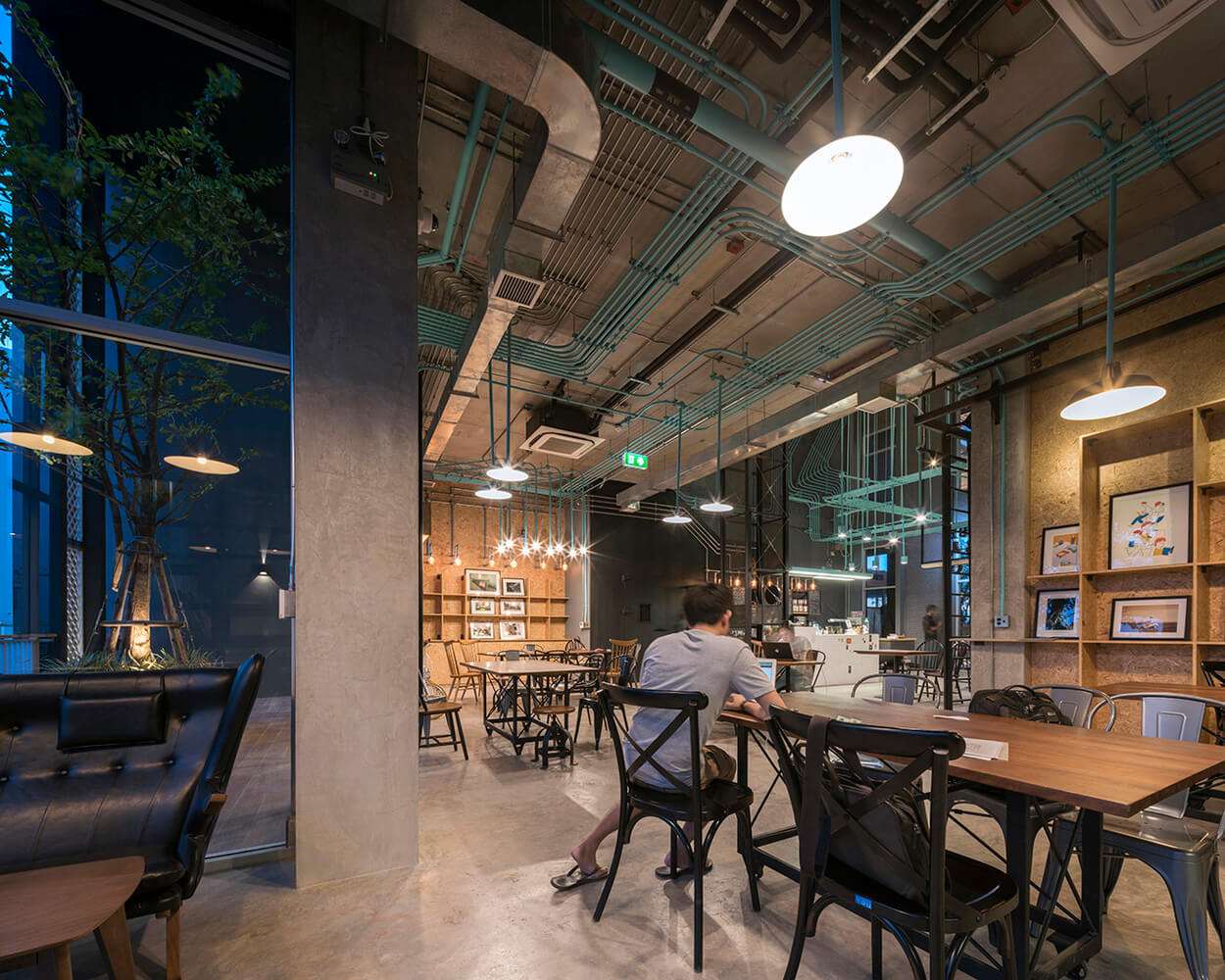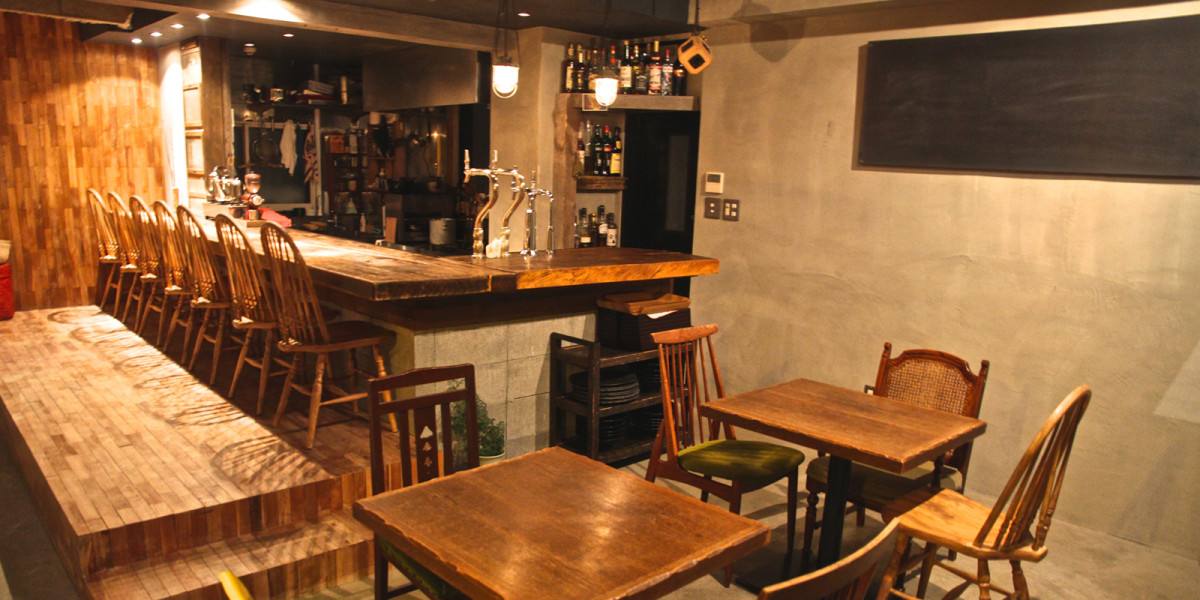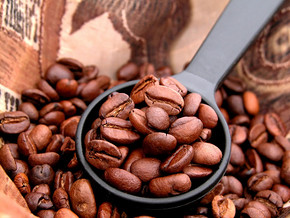Introduction and brewing methods of coffee with national characteristics
Follow the caf é (Wechat official account vdailycom) and found that Beautiful Cafe opened a small shop of its own.
Coffee is the world's most popular addiction ingredient-caffeine-a wonderful and aromatic source, and its spread has never stopped since it spread from Ethiopia in the 15th century.
In the Arab world, coffee is a substitute for wine, which leads to the rise of cafe culture, surrounded by enlightening dialogue and the exchange of new ideas. Then, in the 18th century, coinciding with the Enlightenment in Europe, cafes became a place for people to play chess, discuss politics, socialize and talk about business, as Tom Stendag wrote in the World History of six drinks (A History of the World in Six Glasses).
Today, coffee is popular all over the world. Finland (unexpectedly) has become the world's largest coffee drinker, with a per capita consumption of 608.2 liters.

According to the World Bank, coffee is a valuable export commodity second only to oil in developing countries. The coffee industry earns as much as $80 billion a year, and coffee farmers get only 10 per cent of that. The average coffee farmer earns 15 cents for a pound of coffee, while a bean picker earns 4 cents for a pound of beans.
In order to combat this injustice a campaign aimed at promoting the institutionalization of fair trade in coffee was launched in the Netherlands in 1988. Fairtrade certification seeks to ensure fair working conditions, reasonable prices, environmental sustainability, direct trade, transparency, while supporting community development. Although Fairtrade coffee accounts for only a small portion of the global coffee supply, it is growing in countries in Africa, Central and South America, Oceania and Asia, and cafes in big cities are already easy to find.
Coffee connoisseurs believe that well-made coffee can reflect the "local", meaning that the taste of coffee is inseparable from its origin. According to experts, some Kenyan coffee is dry and shiny with a sour berry taste, while coffee from the South African Andes is smooth and sweet with a rich sugar flavor. Brazilian coffee is one of the three largest coffees in the world, known for its low acidity and the first choice for blending, wrote Kevin Kevin Sinnott in the Coffee Coffee Craft and Art (The Art and Craft of Coffee). He believes that Yemeni coffee beans taste balanced and complex, and are suitable for mixing with coffee beans from Java and Sumatra.
Coffee making trip | tasting coffee with national characteristics
When making coffee, you should first bake the seeds of the coffee tree (coffee beans), then grind them, and then brew the ground coffee powder in several ways. In Turkey, people use boiling water to brew finely ground coffee powder in a copper coffee pot called "ibrik", while in Italy, espresso takes about 30 seconds to "brew" (electric coffee pot or stove coffee pot): pour nearly boiling water into a compacted coffee powder.
In France, coarse coffee powder is mixed with boiling water in a French filter kettle (French press). The coffee pot has a piston that can be pressed down after brewing to separate the coffee powder from the brewed coffee. Although filter pots had not yet been born when France established its colony in Vietnam in the 1800s, the French took coffee with them, which is why coffee is now widely grown and drunk in Southeast Asian countries. Vietnamese coffee is brewed in a single cup, and a small metal drip filter is placed on the coffee pot.
Japan is famous for its iced coffee, which is made by brewing hot coffee and then cooling it quickly. First, put the coffee powder into a filter, which is placed on a coffee pot full of ice. Then pour boiling water into the coffee powder, and the dripping coffee begins to cool immediately. Proponents of this brewing method believe that this will lock in the aroma of the coffee, but the oxygen will not get in, and the resulting coffee will be sweeter and more delicate.
Turkish Coffee Tour | Taste of Coffee from different countries
Coffee has been at the heart of Turkish culture since the birth of the first cafe in the 1500's. The Turkish breakfast "kavalt coffee c" means "before coffee", which also reflects the time when locals enjoy the first cup of coffee of the day. Turkish coffee is a small cup, coffee powder precipitated at the bottom, dark color, mellow and sweet taste. A lot of sugar is added to the coffee, and sometimes seasonings such as cardamom and chicory are added to make the coffee taste rich and dessert.
Fortune-telling with coffee is a tradition handed down from generation to generation in Turkey. After the guests finish drinking coffee, the host will turn the coffee cup over, let the coffee powder cool, and then tell fortune according to the pattern formed by the coffee powder.
Italian Coffee Tour | Taste of Coffee from different countries
In Italy, un coffee é is a small tablespoon of espresso, which means an ounce of espresso. Italians drink coffee (espresso) all day, while cappuccino and latte are traditionally drunk only in the morning. Cappuccino is made from espresso, steamed milk and milk foam, while lattes are made from espresso and steamed milk foam.
Lee Marshall, a travel writer, wrote in his Ten commandments about Italian coffee culture that he usually doesn't drink milk after meals because "Italians are worried that hot milk will have an impact on the stomach full of food."
Like Italians, many Brazilians drink espresso all day. The Brazilian version of espresso is called "cafezinho". After mixing hot water, fine coffee powder and sugar, you can get it by filtering it with a filter.
Like Turkish coffee, cafezinho is also dark, mellow and sweet, drunk in small cups, but not so strong. In South and Central America, coffee is sometimes brewed with a "sock" filter, a simple cloth bag that is used as a strainer.
Vietnam Coffee Tour | Taste of Coffee from different countries
In the 19th century, Vietnam was under French colonial rule, so fresh milk was difficult to preserve, so condensed milk was used instead. Vietnamese iced coffee is called "c à ph ê s iced coffee á". It is brewed with espresso and condensed milk, stirred and filled with ice cubes. On hot, humid summer days, it is sweet and lovely.
Thai Coffee Tour | tasting Coffee from different countries
The weather in Thailand makes Thai coffee cold, sweet and creamy. Thai coffee is full-bodied, seasoned with chicory, condensed milk and ice. After enjoying spicy Thai food, it is the perfect dessert.
Viennese Coffee Tour: tasting Coffee from different countries
The United Nations added the "Viennese Cafe Culture" to the list of Austrian Intangible Cultural Heritage. This dates back to the 1600s, when the Ottoman Turks surrounded Vienna. The Turks were later defeated and driven out of Austria and were said to have left several bags of coffee beans when they withdrew.
Today, the Kaffeeha coffee shop in Vienna usually opens from 6 a.m. to midnight, and guests often sit next to a cup of "wiener m é lange" and relax for hours. This kind of coffee is made with steamed milk, with a layer of milk foam on top.
Coffee trip to the United States | tasting coffee with national characteristics
Coffee has always been popular in the United States, largely because the British impose heavy taxes on tea. But the dominance of coffee culture in business was only after the establishment of chains such as Bitz Coffee and Starbucks. The two were founded in 1966 and 1971 respectively.
Although drip coffee is ubiquitous in the United States, American coffee is best known in the United States, which is made from a mixture of espresso and hot water. It is said that American coffee was formed during World War II, when US soldiers stationed in Italy discovered that "coffee" was only a small spoonful of espresso. So, in order to make the coffee more like ordinary coffee, they added hot water to it.
Coffee trip to Kenya | tasting coffee with national characteristics
Kenya is a major coffee producer, and there has always been a special way to drink coffee. Kahawa chungu, or bitter Coffee, is a traditional coffee made in a copper pot on a charcoal stove and is usually drunk only by men, Reuters reported.
The latest development is that cafes have also emerged in big cities like Nairobi. Unfortunately, most of the high-quality coffee produced in Kenya is still exported to all parts of the world.
Important Notice :
前街咖啡 FrontStreet Coffee has moved to new addredd:
FrontStreet Coffee Address: 315,Donghua East Road,GuangZhou
Tel:020 38364473
- Prev

Opening a coffee shop requires not only feelings and dreams, but also rationality.
Following Cafe Review (Wechat official account vdailycom) found that Beautiful Cafe opened a small shop of its own female: one of my dreams is to open a cafe, photography theme, maybe I will open one after graduation. Man: support you, count me in, but now I don't know much about coffee. Woman: just read the coffee book (hold the pillow and get a bite of old blood in your throat)
- Next

One minute to master the knowledge of coffee cold
Follow the caf é (official Wechat account vdailycom) and found that the Beautiful Cafe opened a small shop of its own around the sixth century, when Kardai, an Arab shepherd, was driving sheep to the Isobian prairie for grazing, he felt very excited and excited. He felt very strange. After careful observation, he found that these sheep had eaten some kind of red fruit.
Related
- Is espresso stored overnight in the refrigerator harmful to your body? Is frozen coffee better than freshly ground coffee?
- What parameters and proportions of water temperature should be used to grind and brew fresh coffee beans? Why can't I drink freshly roasted coffee right away?
- Customers have "changed" Manner's new products! Shop assistant: Please don't mess around!
- Remove sockets in customer areas at Starbucks stores?! Netizen: I won't go if I really tear it down
- What is the difference between the taste steps of sun-dried coffee and washed coffee? Why is sun-cured coffee sweeter and washed coffee sour?
- The recipe for salty grapefruit dirty is revealed! Coffee Festival salty grapefruit dirty coffee making materials parameters ratio milk share!
- How about the flavor of Sunlight 74158 at Sidamo Banshaha Mathieu Processing Factory in Ethiopia? 74158 Share the proportion of coffee brewing parameters!
- What effect does Italian American coffee with filter paper have? Will coffee taste better if it is put on filter paper at the bottom of the powder bowl?
- What is the color difference in coffee beans? What are the characteristics of honey processed coffee beans? Why are the anaerobically treated coffee beans uneven in color?
- How does novice Xiaobai quickly get started and make coffee? Newbies learn to make coffee by hand and share the specific steps and process process!

